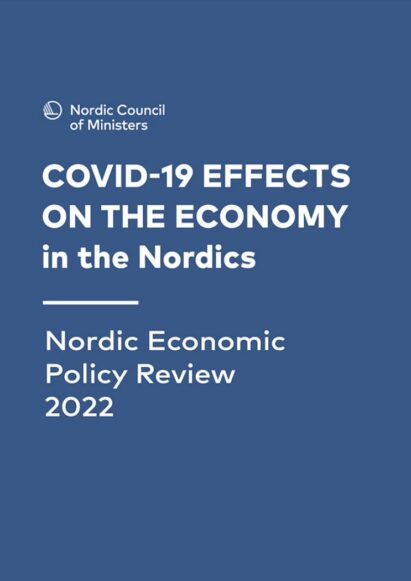This issue of the Nordic economic policy review surveys the economic repercussions of the pandemic and the health and economic policies introduced to minimise its impact in the Nordic countries. Although national policies were broadly similar, they also differed in many respects. Given that some enjoyed greater success than others, comparing different policies and their effects may yield valuable lessons for the future.
The Nordic countries weathered the COVID-19 pandemic relatively well compared to most other high-income countries, both in terms of public health and economic repercussions. Infection and excess mortality rates were comparatively low in the Nordic Region, except in Sweden, where they relied more on recommendations and guidelines than mandatory measures to contain the spread of the virus. The fall in GDP was also comparatively small and short-lived in all of the countries except Iceland, where tourism plays a more prominent role in the economy.
In this review, we present a broad range of policy-relevant articles on a variety of issues. Two of the articles comparing economic policies and outcomes include countries from outside the Nordic Region. The article by Torben Andersen, Steinar Holden, and Seppo Honkapohja focuses on the macroeconomy. The one by Werner Eichhorst and Johannes Brunner focuses on the labour market.





